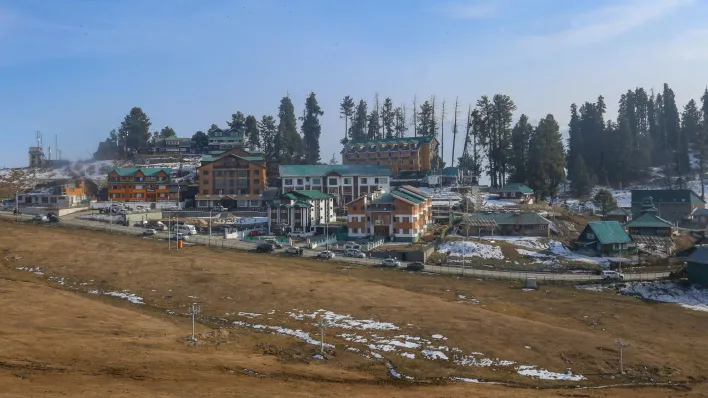The picturesque region of Kashmir is facing an unprecedented absence of snowfall this year, sparking concerns about the potential ramifications for the region’s glaciers.
According to Kashmir Media Service, contrary to the typical winter scenes synonymous with Kashmir, there is an unusually low snowfall occurrence during the current winter season. The lack of significant snow accumulation has become a focal point of attention, particularly due to the integral role snow plays in maintaining the health of the region’s glaciers, agriculture and tourism.
Kashmir’s glaciers, known for their breathtaking beauty and vital contribution to regional water resources, rely heavily on snowfall for replenishment. The absence of substantial snow this season raises questions about the glacial mass balance, a critical factor in determining the overall health and stability of these ice formations.
Experts express concern that the reduced snowfall may lead to negative glacial mass balance, potentially triggering glacial retreat. Such a scenario could have far-reaching consequences for the region, affecting water availability, hydrological cycles, and ecosystems that depend on glacial meltwater.
While it’s premature to attribute a single weather event to climate change, the unusual absence of snowfall in Kashmir raises broader questions about changing climate patterns. Scientists will likely explore whether this occurrence aligns with larger climate trends and what it could signify for the region in the coming years.
As prolonged dry spell led to increased day temperature in Jammu and Kashmir, the weather department on Friday said years with prolonged dry spells in the past (2018, 2016, 2015) also showed similar trends of maximum temperature.
Local communities, dependent on glacial melt water for various purposes, may face challenges if the current trend persists. Understanding the impacts and adapting to potential changes will be crucial for sustainable water resource management in the region.—KMS










